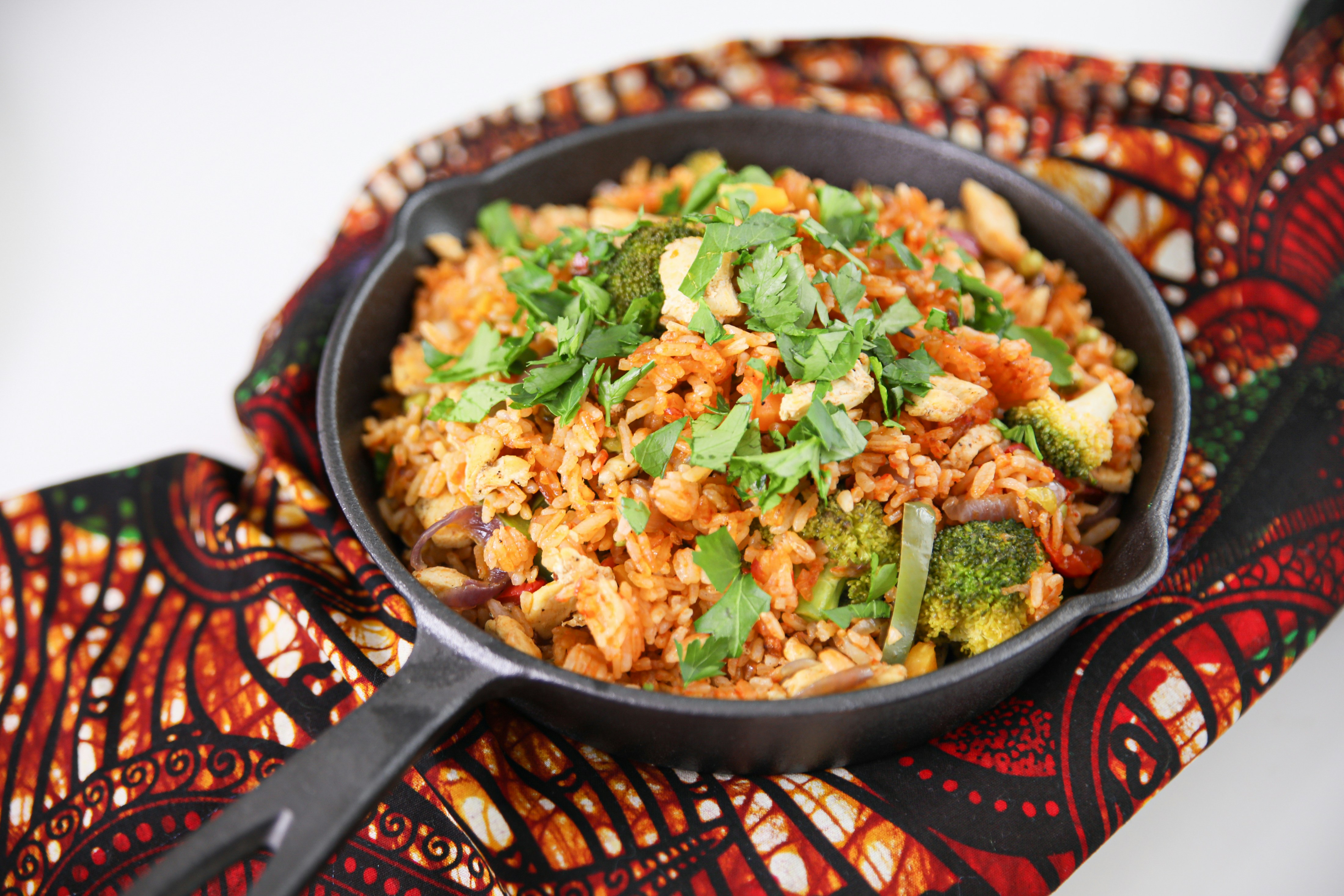Embracing Ethiopian Cuisine: A Journey of Flavors and Techniques
Ethiopian cuisine, with its vibrant spices, diverse flavors, and unique cooking techniques, is gaining popularity on the global culinary stage. This article explores the Ethiopian food culture – from its staple ingredients to the art of communal dining.

Ethiopia’s Unique Food Culture
In Ethiopia, food is more than nourishment, it’s a form of expression, bonding, and respect. The traditional Ethiopian meal, served on a large platter known as ‘mosob’ and eaten with the fingers, encourages joyful and interactive communal dining. Conversations bubble over shared meals, and the act of hand-feeding another, known as ‘gursha’, is a gesture of love and respect.
The Star of the Show: Injera
At the heart of Ethiopian meals is Injera, a sourdough-risen flatbread with a unique, slightly spongy texture. This staple of the diet not only serves as a type of bread, but it also works as an edible serving platter and a utensil. The spongy texture of Injera lends itself well to sopping up ‘wats,’ Ethiopian stews that often accompany it.
The Spice Trade Influence
The crossroads of trade routes over centuries have favored Ethiopian cuisine with an array of warm and robust spices. ‘Berbere,’ a blend of spices including chili peppers, garlic, ginger, and others, is the backbone of many dishes, infusing them with fiery heat and complex flavors. Another common spice blend, ‘mitmita,’ brings additional heat and earthy flavors to dishes.
Celebrating Veganistic Foods
It might surprise some food enthusiasts that a significant portion of Ethiopian cuisine is vegan-friendly due to religious fasting periods. ‘Yetsom beyaynetu,’ a colorful array of vegan dishes on one platter, showcases the culture’s ability to create flavorful and satisfying meals without any animal products.
Traditional Ethiopian Beverages
Ethiopia is the birthplace of coffee. Beyond coffee, Ethiopia is also renowned for ‘Tej,’ a primitive honey wine, and ‘Tella,’ a traditional beer. These beverages carry symbolic significance during moments of festivity and worship.
- Ethiopia has a proud coffeemaking tradition known as the ‘Ethiopian Coffee Ceremony.’
- ‘Tej,’ often served in a rounded vase called a ‘berele,’ has a rich golden color and a sweet, tangy flavor that balances spice-forward foods.
Ethiopian cuisine celebrates diversity, inclusion, and the joy of sharing. By embracing its flavors, we not only explore a new culinary landscape, but also experience the love and unity this food culture embodies. This journey into Ethiopian cuisine reveals that food truly does transcend cultural and geographical boundaries. It opens up a world of exciting flavors and new ways to appreciate the art of eating and communal dining.
Embrace the Ethiopian food revolution and let your taste buds embark on this exotic culinary journey. Enjoy the magic of discovery every bite brings, and you might just find a new favorite dish in the process!




